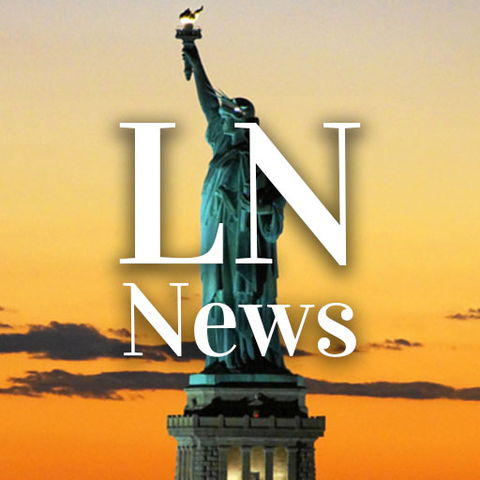


By Dan Pollock
The Soviets’ launch of Sputnik, the first artificial satellite, on Oct. 4, 1957, is credited with having inaugurated the Space Age — and the ensuing US-Soviet Space Race that eventually got us to the moon. That would seem to place Sputnik as a major milestone in human history, right up there with the US lunar landing a dozen years later.
But, with the benefit of hindsight on this 68th anniversary of its launch, Sputnik doesn’t sound all that impressive. We’re talking about a polished metal sphere only 22 inches in diameter, about the size of a beachball, which didn’t do anything but circle the Earth every 98 minutes while sending back beep-beep radio signals.
So, you may wonder, how was it perceived at the time?
For my answer, I whisk you back to 1957 when I was a seventh-grader in Laguna Beach, an hour’s drive south of Los Angeles. In those days, we got our news in leisurely fashion, via morning and afternoon newspapers, on-the-hour radio updates, and two quarter-hour TV network news programs — Douglas Edwards on CBS (Walter Cronkite came later) and Huntley-Brinkley on NBC. From the outset, I can tell you that Sputnik was top-of-the-hour, headline news, a distinction it held for some time. And, on a personal note, it monopolized the daily current events discussions in my Modern History class.

But to get really personal, I was one of thousands who actually saw the little Russian space traveler pass overhead. On a chilly night, not long after sundown, Dad grabbed his best binoculars and herded us outside, pointing up at the part of sky recommended by the Los Angeles Times.
Even without Dad’s binoculars, I recall seeing a bright fleeting streak, like a meteorite, zip across that exact sector. Now, according to Google, what I and those thousands of other watchers likely saw with our naked eyes was not really Sputnik but the much larger rocket booster that had tumbled into nearby orbit.
Maybe, maybe not. Because years later astronaut Alan Shepard, the first American in space and the fifth to walk on the moon, wrote about how the sight of Sputnik 1 passing overhead had inspired him to pursue his own sky-blazing career.
In any case, the shiny metal beachball bristling with radio antennae quickly pervaded the popular culture and national zeitgeist. We kids were ready and eager for the Space Age, heaven knows. We’d been primed by Flash Gordon in comic strips and movie serials and Tom Corbett, Space Cadet on black-and-white TV. And those lucky enough to live near Disneyland, which had opened in 1955, had likely blasted off on Tomorrowland’s E-ticket Rocket to the Moon — and some, like me, multiple times.
A neighbor boy and I took our space dreams a risky step further. We assembled miniature rockets out of scrap pipe culled from his dad’s garage. I chose copper for my fuselage, my friend galvanized iron. We shaped our nose cones from sawed-off sections of an old baseball bat and snipped stabilizer fins out of tin scraps, which were then soldered to the fuselage. The dangerous part came from our selected power source — matchheads, as many as we could cram into our handmade spacecraft.
At least that was our crazy plan, but fortunately for us, and the city of Laguna Beach, Santa Ana winds sprang up as soon as we got to the launch site, a deserted hilltop known as Top of the World (now chock-a-block with luxury homes). It took only a single glance at the encircling panorama of dry brush and a searing face slap by those furnace winds for our dads, by mutual edict, to abort the launch. The matchheads were later fed, in small batches, into our respective fireplaces.
As a final note, one of my Little League friends found a far better and safer way to fulfill his rocket-fueled dreams. This prototypical nerd, who holstered a long slide rule and wore a well-stocked pocket protector, went on to parlay his out-of-this-world math-and-science skills into a job with Mission Control in Houston. Years later at a high school reunion, I queried him about the kinds of things he had worked on. His answer, though friendly and thoughtful, went light-years over my head.
~
Dan Pollock grew up in Laguna Beach, CA, in a family of writers.

